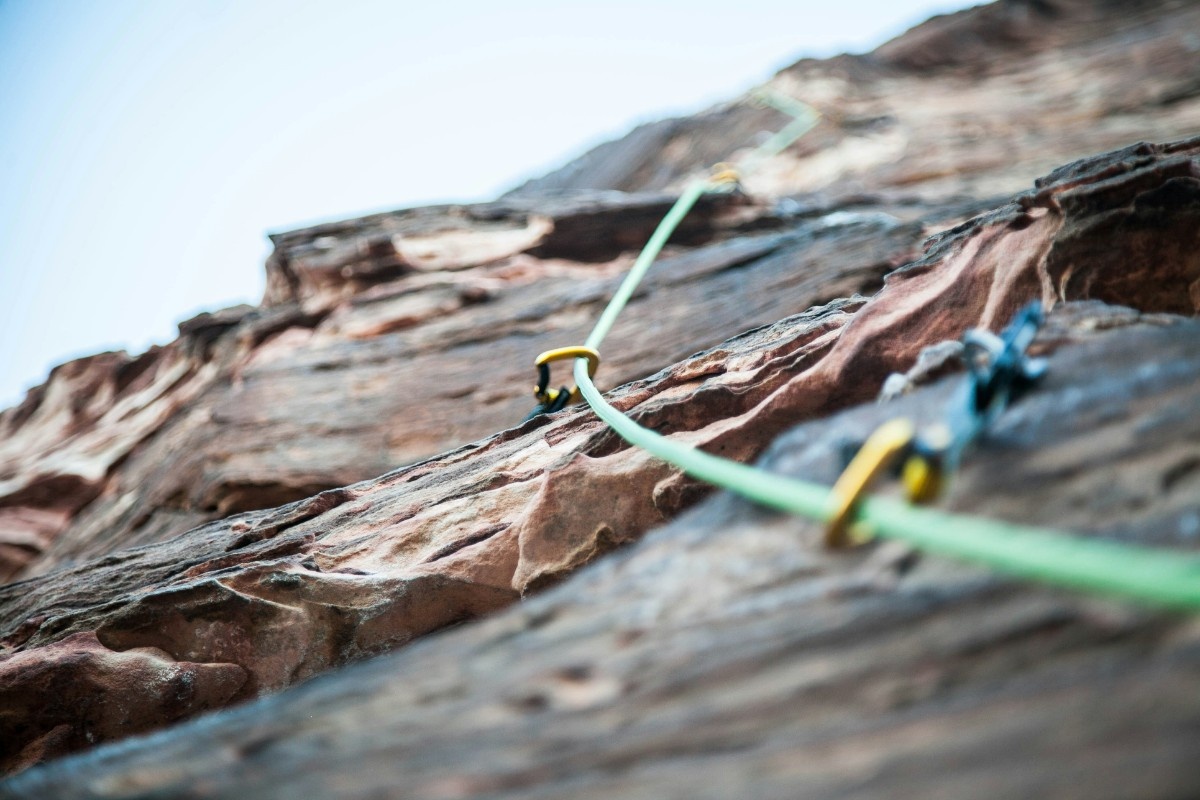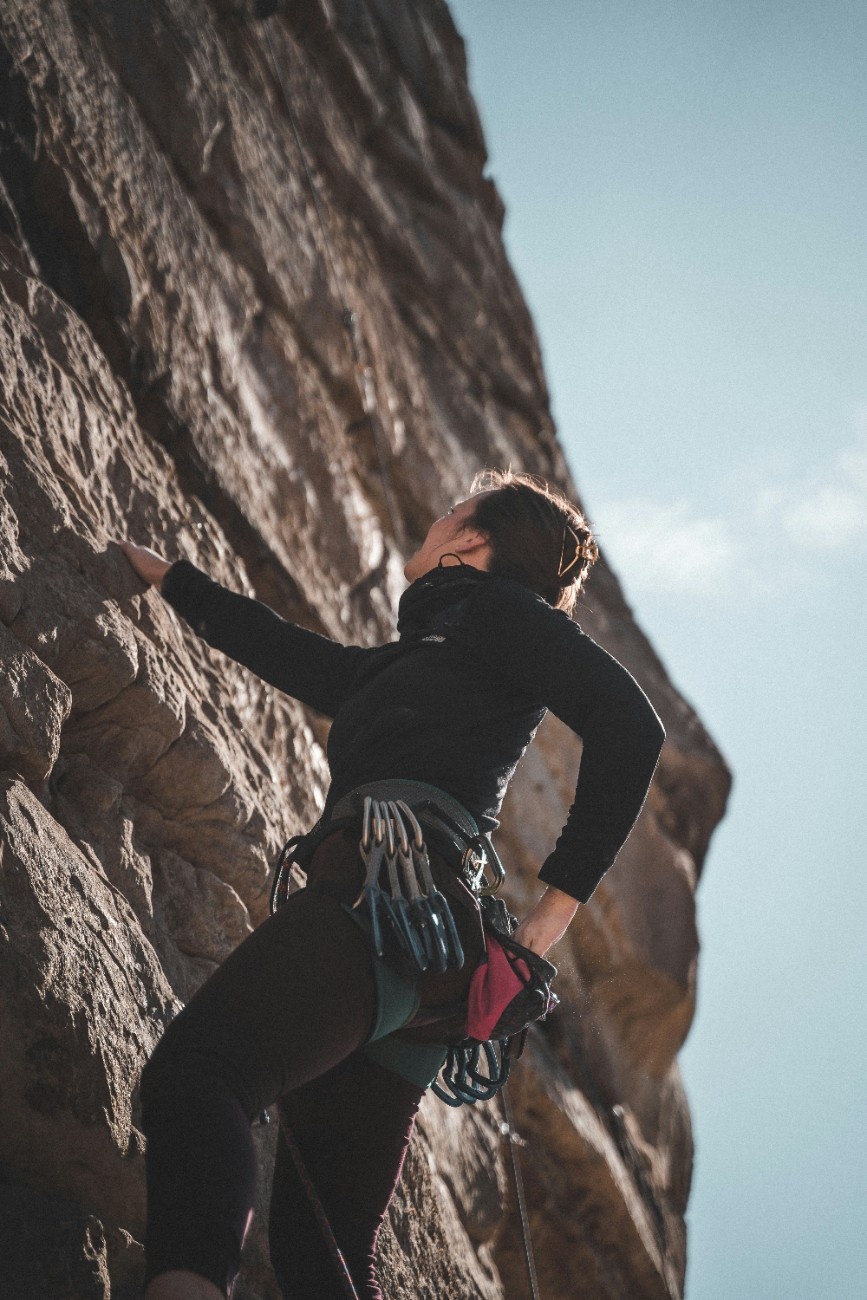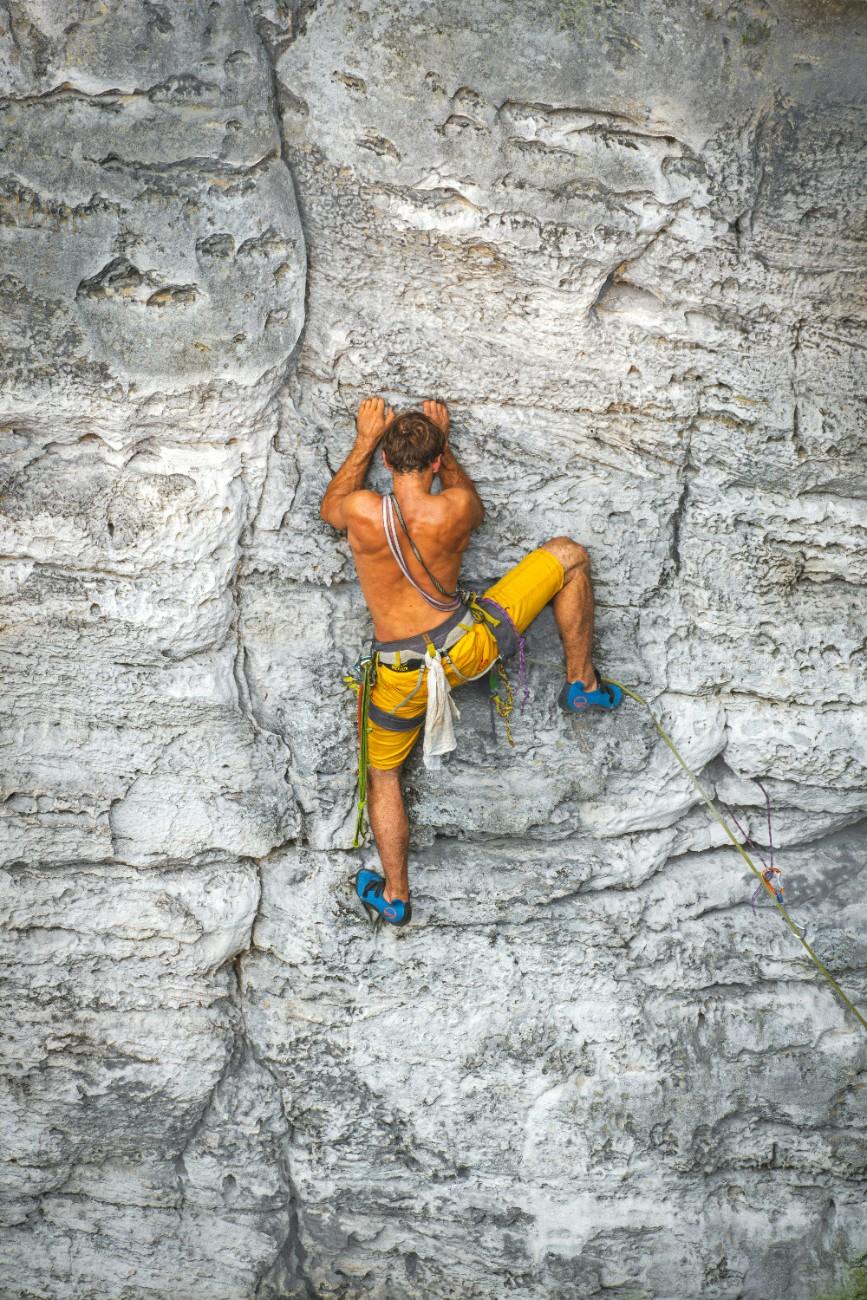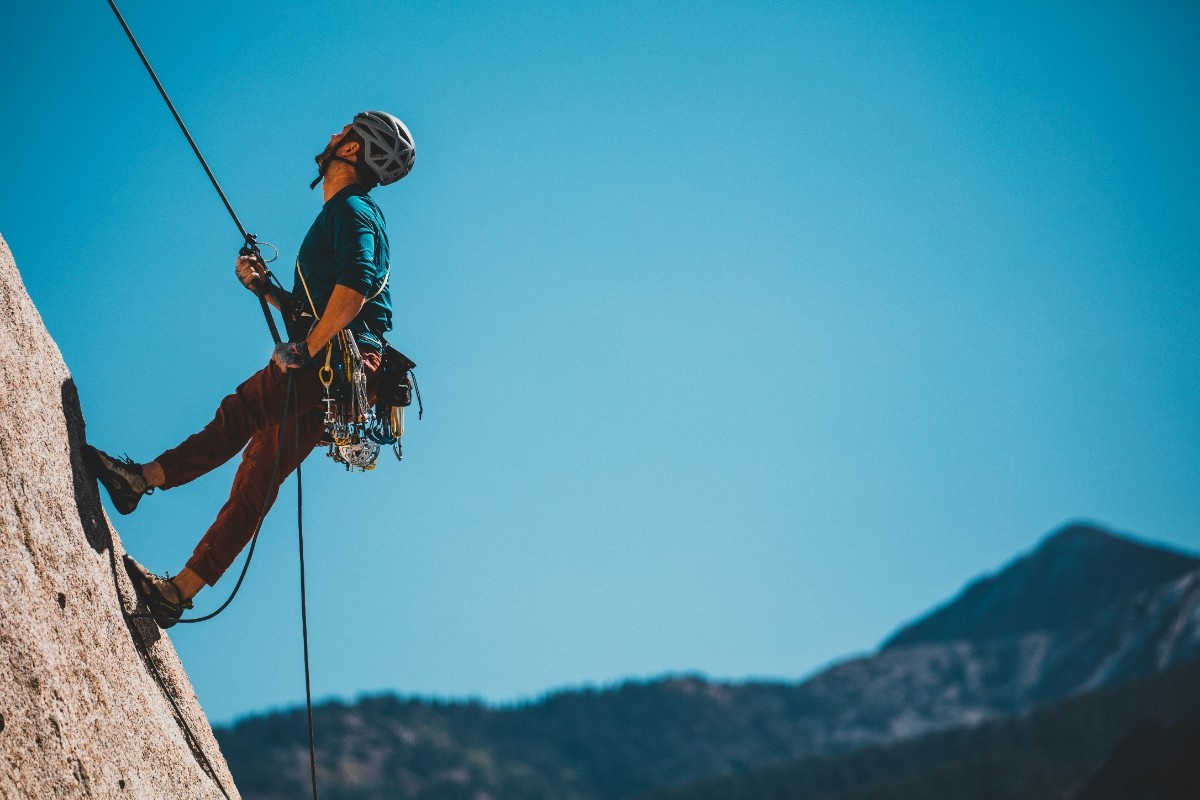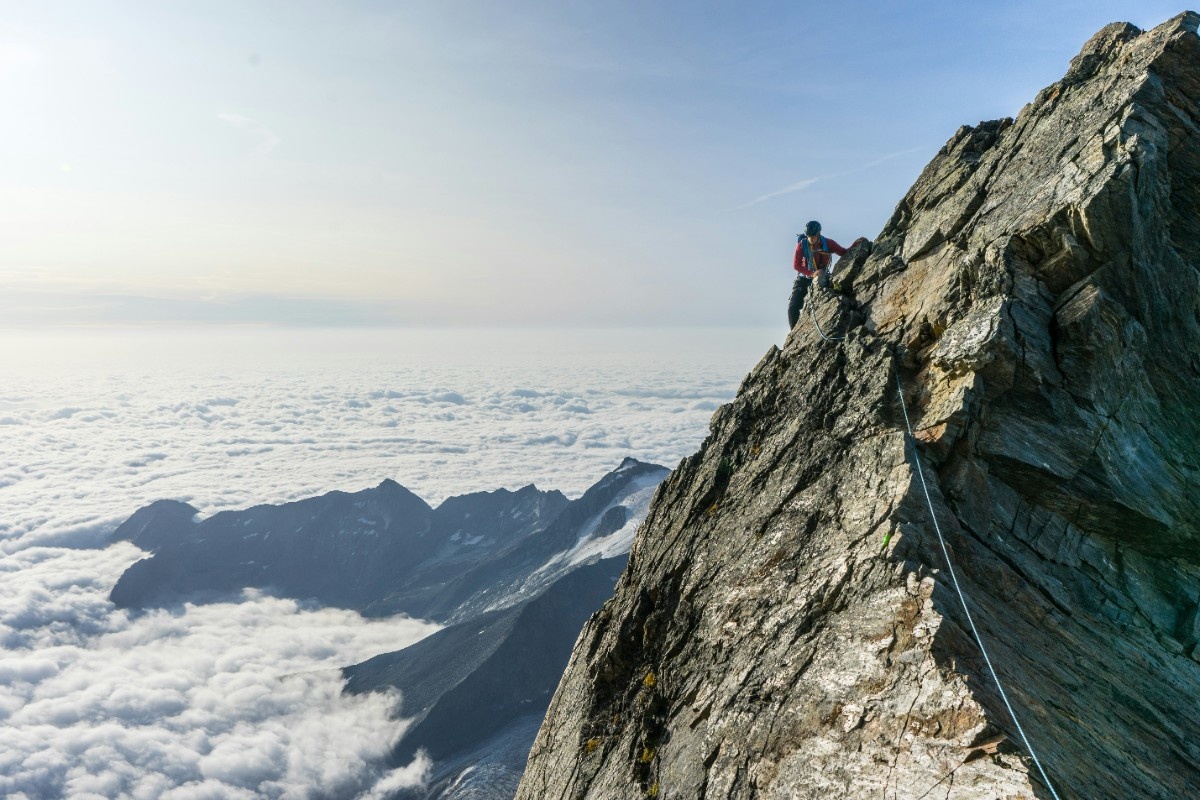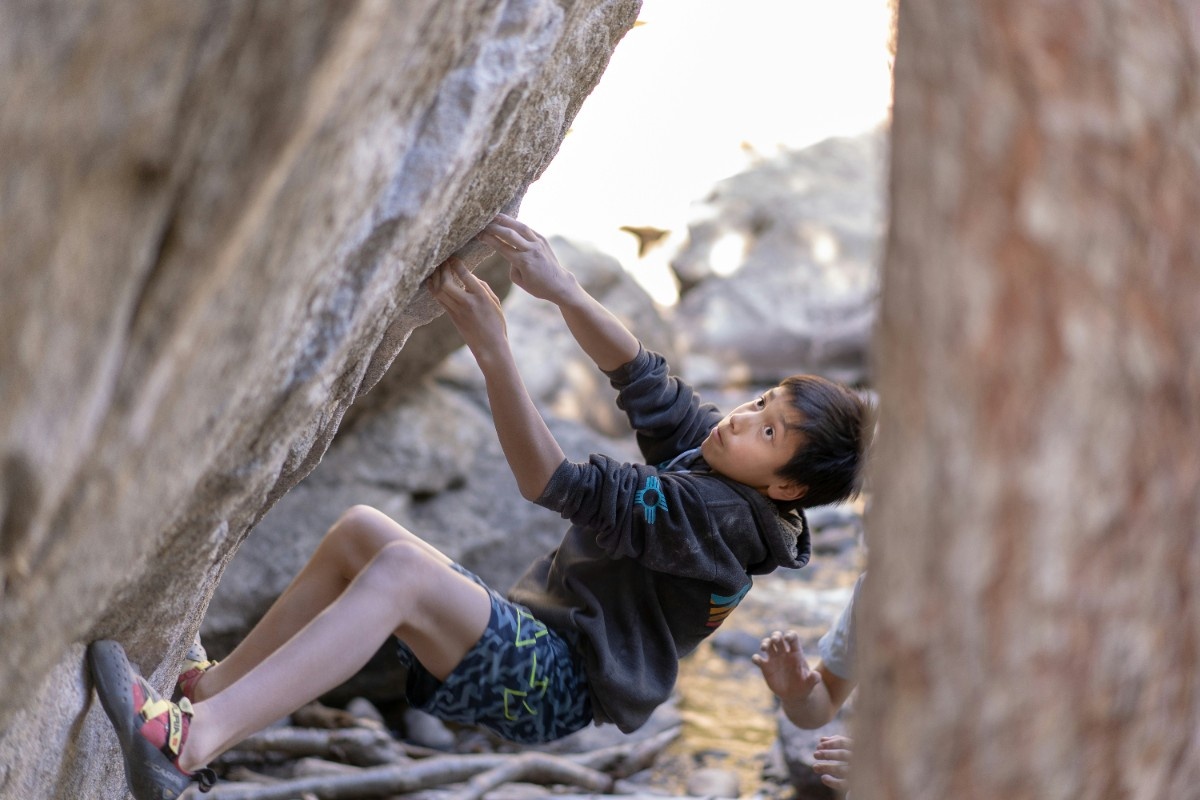Climbing is an exhilarating and challenging sport that attracts adventurers from all walks of life. Whether you're a seasoned climber or a newcomer to the sport, understanding the different climbing grades and difficulties is crucial for selecting routes that match your skill level and ensuring a safe and enjoyable experience. In this comprehensive guide, we'll delve into the intricacies of climbing grades, exploring the various rating systems, their significance, and how they can help you navigate the vertical world with confidence.
How Climbs are Graded
Several key factors influence the difficulty or grade of a climbing route:
- The hardest move or sequence on the route. This is often considered the crux and can significantly impact the overall grade.
- How many hard moves or sequences there are. A route with multiple crux sections may be graded higher than one with just a single hard move.
- Length of the route. Longer routes that require sustained effort and endurance can increase the difficulty grade.
- Rock type and features (cracks, slabs, overhangs). Different rock types and formations present varying technical challenges.
- Quality and spacing of holds. Smaller, more spread out holds increase difficulty.
- Route finding and movement complexity. Routes requiring intricate sequences or tricky beta can seem harder.
- Protection availability (for trad climbing). Poor gear placements add risk and difficulty.
- Exposure and psychological factors. Routes with significant exposure or runout sections add mental challenges.
- Environmental conditions (wet rock, ice, etc.) Adverse conditions make routes harder.
- Climber-specific factors (height, reach, strength). A route's grade can vary based on an individual climber's physique and abilities.
While route setters or first ascensionists propose initial grades, the wider climbing community often refines them over time based on consensus. The grading aims to reflect the intrinsic difficulty of the route itself, not a climber's particular skillset.
The Most Common Climbing Grades
United States: The Yosemite Decimal System (YDS) is widely used, ranging from 5.0 (easiest) to 5.15d (hardest) for roped climbing. For bouldering, the V-Scale (Hueco) is common, ranging from V0 to V16.
France and many other European countries: The French Numerical System is prevalent for sport climbing, ranging from 3 (easiest) to 9c (hardest). For bouldering, the Fontainebleau (Font) system is commonly used, starting from 1 and progressing upwards.
United Kingdom: The British Trad Climbing Grades are used, which have an adjectival grade (e.g., Moderate, Severe, Extremely Severe) and a technical grade (e.g., E1 to E11) for traditional climbing routes.
Germany and Central Europe: The UIAA Grading System, using Roman numerals from I (easiest) to XII (hardest), is popular in these regions.
Australia and New Zealand: The Australian Numerical System, ranging from 10 (easiest) to 38 (hardest), is commonly used.
It's important to note that while these are the most prevalent grading systems in their respective regions, other systems may also be used locally or for specific climbing disciplines.
The Yosemite Decimal System (YDS)
The Yosemite Decimal System (YDS) is one of the most widely used grading systems for rock climbing, particularly in North America. This system assigns numerical values to climbing routes, ranging from 5.0 to 5.15d, with higher numbers indicating greater difficulty.
Understanding the YDS Grades
5.0 to 5.4: These grades represent easy climbs suitable for beginners, with minimal technical challenges.
5.5 to 5.7: Considered moderate climbs, these routes require basic climbing techniques and some experience.
5.8 to 5.10a: These grades are classified as difficult, demanding solid climbing skills and physical strength.
5.10b to 5.11d: These routes are very difficult and require advanced techniques, endurance, and commitment.
5.12a to 5.12d: Extremely difficult climbs that push the limits of most climbers, requiring exceptional skill and fitness.
5.13a and above: These grades represent the pinnacle of difficulty, reserved for elite climbers with exceptional abilities.
It's important to note that the YDS grades can vary slightly depending on the climbing area and the subjective assessment of the route setters.
The French Numerical System
The French Numerical System, also known as the French Sport Climbing Grade, is widely used in Europe and other parts of the world. This system assigns numerical values to climbing routes, ranging from 3 to 9c, with higher numbers indicating greater difficulty.
Understanding the French Numerical Grades
3 to 4: These grades represent easy climbs suitable for beginners.
5 to 6a: Considered moderate climbs, these routes require basic climbing techniques and some experience.
6b to 6c: These grades are classified as difficult, demanding solid climbing skills and physical strength.
7a to 7c: These routes are very difficult and require advanced techniques, endurance, and commitment.
8a to 8c: Extremely difficult climbs that push the limits of most climbers, requiring exceptional skill and fitness.
9a and above: These grades represent the pinnacle of difficulty, reserved for elite climbers with exceptional abilities.
Like the YDS, the French Numerical System can vary slightly depending on the climbing area and the subjective assessment of the route setters.
The Hueco "V" Scale for Bouldering
Bouldering, a form of climbing that focuses on short, powerful routes without ropes, has its own grading system known as the Hueco "V" Scale. This scale assigns "V" grades to boulder problems, ranging from V0 to V16, with higher numbers indicating greater difficulty.
Understanding the Hueco "V" Grades
V0 to V2: These grades represent easy boulder problems suitable for beginners.
V3 to V5: Considered moderate boulder problems, these routes require basic climbing techniques and some experience.
V6 to V8: These grades are classified as difficult, demanding solid climbing skills and physical strength.
V9 to V11: These boulder problems are very difficult and require advanced techniques, power, and commitment.
V12 to V14: Extremely difficult boulder problems that push the limits of most climbers, requiring exceptional skill and fitness.
V15 and above: These grades represent the pinnacle of difficulty in bouldering, reserved for elite climbers with exceptional abilities.
The Hueco "V" Scale is widely accepted in the bouldering community and provides a consistent way to assess the difficulty of boulder problems.
The British Trad Climbing Grades
Traditional climbing, or "trad" climbing, involves placing removable protection (such as nuts and cams) as you ascend the route. The British Trad Climbing Grades are used to rate the difficulty of trad climbing routes, particularly in the United Kingdom and other parts of Europe.
Understanding the British Trad Climbing Grades
Moderate (M): These routes are suitable for beginners and require basic climbing techniques.
Difficult (D): Considered moderate climbs, these routes demand more advanced techniques and experience.
Very Difficult (VD): These grades represent difficult climbs that require solid climbing skills and physical strength.
Hard Very Difficult (HVD) to Hard Severe (HS): These routes are very difficult and require advanced techniques, endurance, and commitment.
Extremely Severe (E1) to E9: These grades represent the pinnacle of difficulty in trad climbing, reserved for elite climbers with exceptional abilities.
The British Trad Climbing Grades also incorporate additional descriptors, such as "a" (aid climbing) and "tech" (technical), to provide more context about the nature of the climb.
The Australian Numerical System
The Australian Numerical System is used primarily in Australia and New Zealand for grading rock climbing routes. This system assigns numerical values to climbing routes, ranging from 10 to 38, with higher numbers indicating greater difficulty.
Understanding the Australian Numerical Grades
10 to 15: These grades represent easy climbs suitable for beginners.
16 to 20: Considered moderate climbs, these routes require basic climbing techniques and some experience.
21 to 25: These grades are classified as difficult, demanding solid climbing skills and physical strength.
26 to 30: These routes are very difficult and require advanced techniques, endurance, and commitment.
31 to 35: Extremely difficult climbs that push the limits of most climbers, requiring exceptional skill and fitness.
36 and above: These grades represent the pinnacle of difficulty, reserved for elite climbers with exceptional abilities.
The Australian Numerical System is widely used in the climbing communities of Australia and New Zealand and provides a consistent way to assess the difficulty of climbing routes in these regions.
The UIAA Climbing Scale
The UIAA (International Climbing and Mountaineering Federation) Climbing Scale is an international grading system used for rock climbing routes. This scale assigns Roman numerals to climbing routes, ranging from I to XII, with higher numbers indicating greater difficulty.
Understanding the UIAA Climbing Grades
I to III: These grades represent easy climbs suitable for beginners.
IV to V: Considered moderate climbs, these routes require basic climbing techniques and some experience.
VI to VII: These grades are classified as difficult, demanding solid climbing skills and physical strength.
VIII to IX: These routes are very difficult and require advanced techniques, endurance, and commitment.
X to XI: Extremely difficult climbs that push the limits of most climbers, requiring exceptional skill and fitness.
XII: This grade represents the pinnacle of difficulty, reserved for elite climbers with exceptional abilities.
The UIAA Climbing Scale is widely used in Europe and other parts of the world, providing a standardised way to assess the difficulty of climbing routes across different regions.
The Ice Climbing Grades
Ice climbing is a specialised form of climbing that involves ascending frozen waterfalls and ice formations. The grading system for ice climbing routes is similar to the YDS, but with additional descriptors to account for the unique challenges of climbing on ice.
Understanding the Ice Climbing Grades
WI2 to WI4: These grades represent easy ice climbs suitable for beginners and those with some experience.
WI5 to WI6: Considered moderate ice climbs, these routes require solid climbing techniques and experience on ice.
WI7: This grade is classified as difficult, demanding advanced ice climbing skills and physical strength.
WI8 and above: These ice climbs are extremely difficult and require exceptional skill, endurance, and commitment.
In addition to the numerical grades, ice climbing routes may also include descriptors such as "M" (mixed climbing, involving both ice and rock), "R" (steep and sustained), and "X" (extremely difficult or dangerous).
Climbing Grade Conversions
Converting climbing grades between different grading systems can be a complex task due to the subjective nature of grading and the variations in grading philosophies across regions and climbing disciplines. However, several resources provide approximate conversions to help climbers understand the relative difficulty of routes when traveling or trying new climbing styles.
Roped Climbing Grade Conversions
Here's a general conversion chart for roped climbing grades across some of the most common grading systems:
French Sport |
British Trad Tech |
UIAA |
YDS (USA) |
Australian |
3-4 |
Mod-D |
I-III |
5.2-5.5 |
10-13 |
5 |
VD |
IV |
5.6 |
14 |
5+ |
HVD |
IV+ |
5.7 |
15 |
6a |
E1 |
V- |
5.8 |
16 |
6a+ |
E2 |
V |
5.9 |
17 |
6b |
E3 |
V+ |
5.10a |
18 |
6b+ |
E4 |
VI- |
5.10b |
19 |
6c |
E5 |
VI |
5.10c |
20 |
6c+ |
E6 |
VI+ |
5.10d |
21 |
7a |
E7 |
VII- |
5.11a |
22 |
7b |
E8 |
VII |
5.11b |
23 |
7c |
E9 |
VII+ |
5.11c |
24 |
8a |
E10 |
VIII- |
5.11d |
25 |
8b |
E11 |
VIII |
5.12a |
26 |
8c |
VIII+ |
5.12b |
27 |
|
9a |
IX- |
5.12c |
28 |
|
9b |
IX |
5.12d |
29 |
|
9c |
IX+ |
5.13a |
30 |
It's important to note that these conversions are approximate and can vary based on the specific route, climbing area, and individual climber's abilities.
Bouldering Grade Conversions
For bouldering, the most common grading systems are the Hueco V-Scale (used in North America) and the Fontainebleau Scale (used in Europe). Here's a general conversion chart:
V-Scale (Hueco) |
Fontainebleau |
British Bouldering |
VB |
3-4 |
- |
V0 |
4+ |
- |
V1 |
5 |
B1 |
V2 |
5+ |
B2 |
V3 |
6A |
B3 |
V4 |
6A+ |
B4 |
V5 |
6B |
B5 |
V6 |
6B+ |
B6 |
V7 |
6C |
B7 |
V8 |
6C+ |
B8 |
V9 |
7A |
B9 |
V10 |
7A+ |
B10 |
V11 |
7B |
B11 |
V12 |
7B+ |
B12 |
V13 |
7C |
- |
V14 |
7C+ |
- |
V15 |
8A |
- |
V16 |
8A+ |
- |
Again, these conversions are approximate and can vary based on the specific boulder problem and the climber's abilities.
It's always recommended to consult with local climbers or guidebooks for the most accurate and up-to-date grading information when visiting a new climbing area.
Climbing Grades and Personal Growth
While climbing grades provide a valuable reference point for assessing the difficulty of routes, it's important to remember that they are subjective and can vary based on individual experience, physical abilities, and personal preferences. As you progress in your climbing journey, embrace the challenges and celebrate your achievements, regardless of the grades you conquer.
Climbing is not just about reaching the top; it's a journey of self-discovery, perseverance, and personal growth. Embrace the process, respect your limits, and continuously strive to improve your skills and techniques. Remember, the true reward lies in the experience itself, the camaraderie with fellow climbers, and the sense of accomplishment that comes from pushing your boundaries.
In conclusion, understanding climbing grades and difficulties is essential for selecting appropriate routes and ensuring a safe and enjoyable climbing experience. Whether you're a beginner or an experienced climber, embrace the challenge, respect the sport, and continue to explore the vertical world with passion and determination.
Related Articles

Let us know you agree to cookies
We use marketing, analytical and functional cookies as well as similar technologies to give you the best experience. Third parties, including social media platforms, often place tracking cookies on our site to show you personalised adverts outside of our website.
We store your cookie preferences for two years and you can edit your preferences via ‘manage cookies’ or through the cookie policy at the bottom of every page. For more information, please see our cookie policy.
